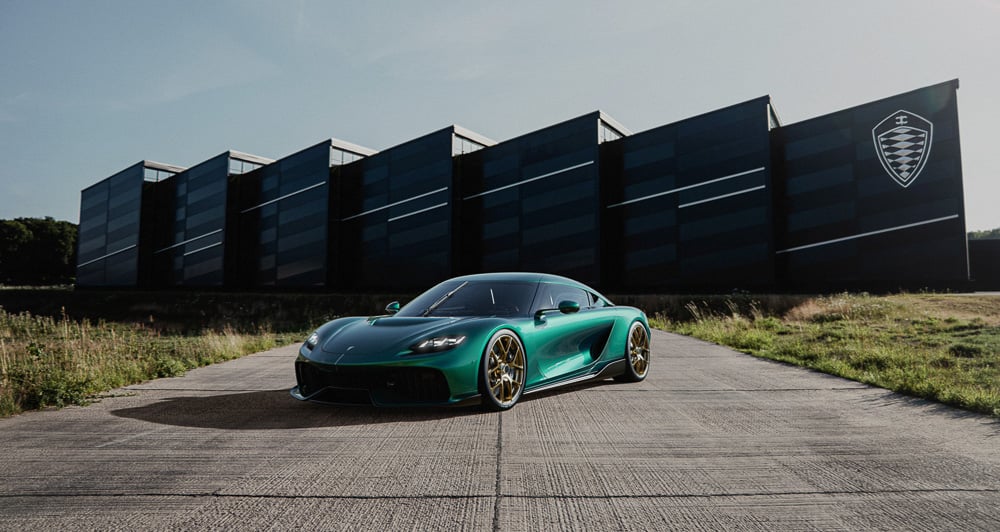
Swedish entrepreneur and hypercar maker Christian von Koenigsegg has not only built up a reputation for creating very, very fast cars, but he has also established his company as a name that stands for pretty interesting innovations in the sector. The latest case in point is the production version of the Gemera that has just been unveiled.
Not only is it insanely powerful, but it also contains plenty of cutting-edge technical trickery, as well as space for four adults. The launch of the production model coincides with the unveiling of the new place where it is being built, which of course is not just called a factory.
The workshop where the Gemera and other Koenigsegg cars will in the future be assembled is called the Gripen Atelier. While the name may conjure up the mental image of a small workspace where artists can pursue their craft, the reality is that this atelier is an 11,000sq-m facility and the first new automotive factory in Sweden in quite some time.
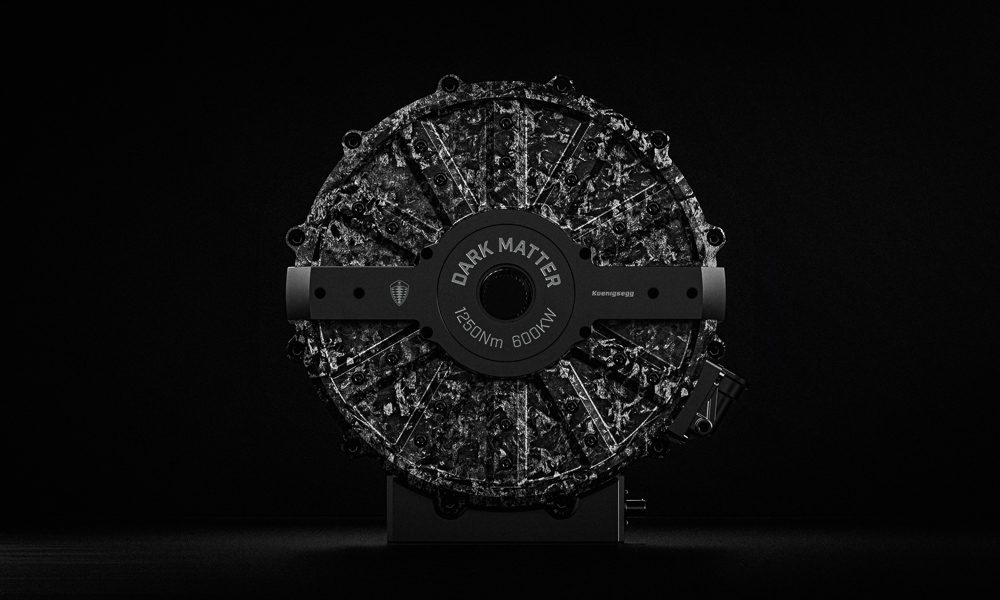
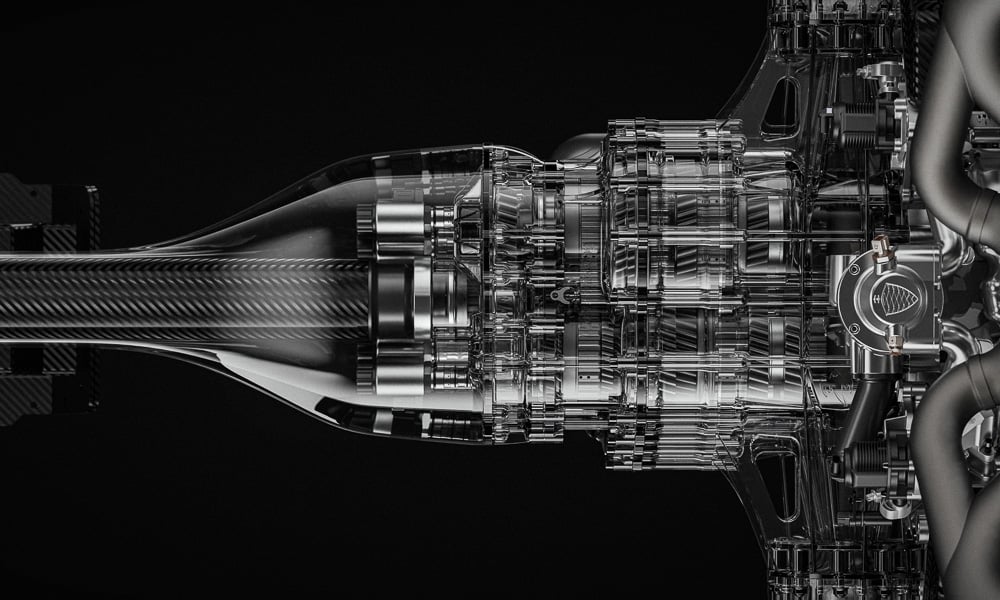
The machine that will be assembled here from 2024 onward is a sight to behold, and the company has changed quite a few things from the prototype version to this customer-ready Gemera.
Although the mega GT remains a hybrid, the composition of the engines is new. Instead of three electric motors connected to a direct drive system, the car now comes with a new 800hp and 1,250Nm Raxial Flux electric motor called Dark Matter (we kid you not) that the firm claims is the most powerful automotive-grade electric motor with six-phase technology in the world right now.
Power is transferred to the road with the help of the Light Speed Tourbillon transmission, which was introduced in the Jesko after the Gemera had already been unveiled. Company boss Mr. Koenigsegg liked it so much that he decided to fit it into his latest production speed machine as well.
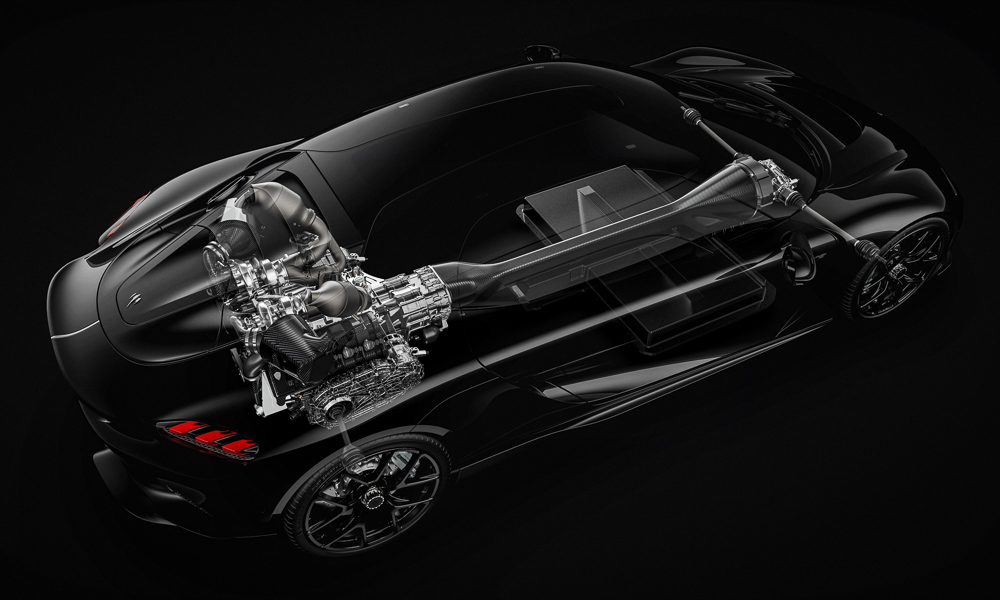
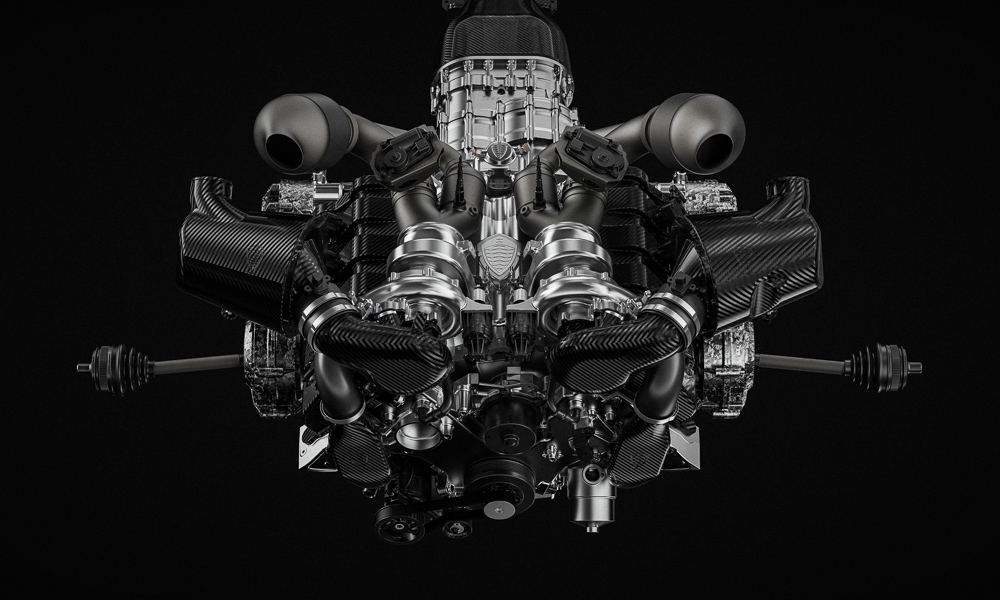
That ace is called the HV8 (Hot V8). Where previously there wasn’t enough room to combine a V8 and four seats, sufficient space has now been made thanks to the compact LST gearbox and the new electric motor. The HV8 is practically the same twin-turbo eight-banger we saw in the Jesko but with changed exhaust routing.
The performance stats? Outright nuts! The V8 alone delivers 1,500hp, making it as powerful as the W16 of the Bugatti Chiron. Combined with the electric motor, the Swedes state that a system output (using E85 fuel) of an incredible 2,300hp and 2,750Nm is being achieved, which makes it a world record for a production car.
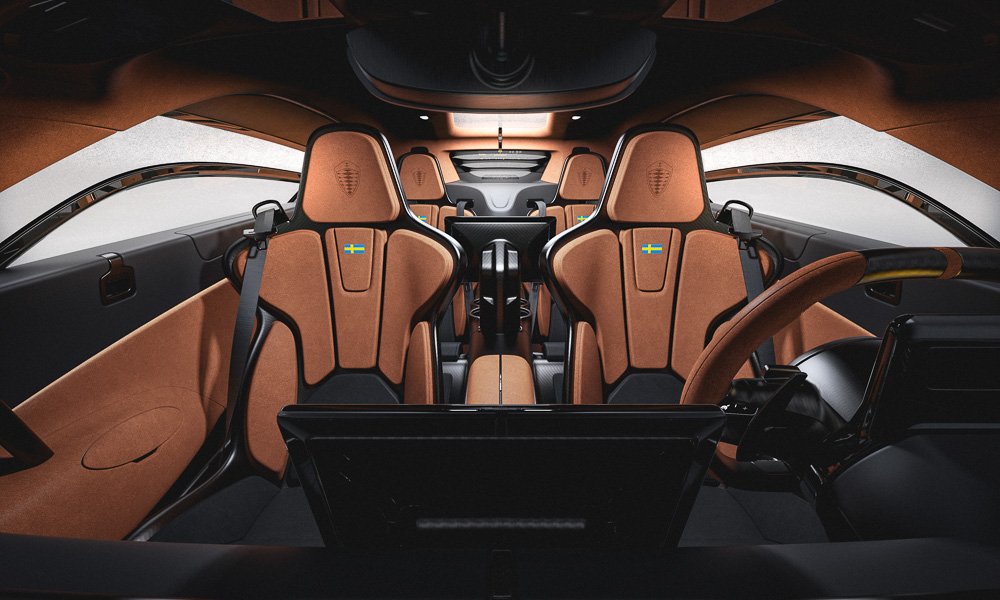
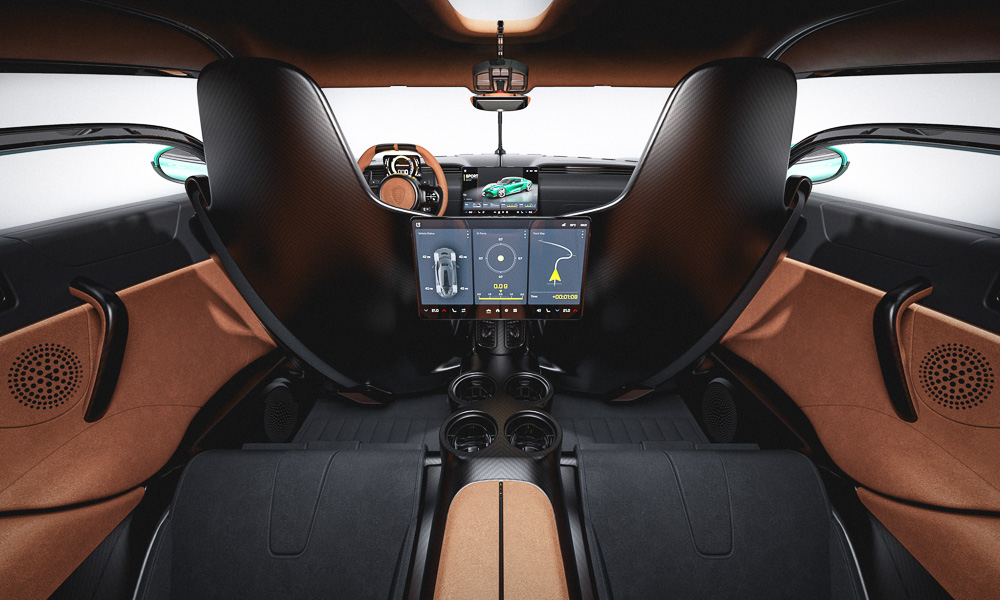
Koenigsegg is not revealing performance figures at this point, but even the previous version was apparently already good for an acceleration of 1.9 seconds to 100km/h and a top speed of 400km/h, so who knows what this new beast will be capable of?
If you fancy the new V8 upgrade for your Gemera, then an additional check for $400,000 (P21.47 million) is said to be needed on top of the $1,700,000 (P92.39 million) base price of the three-cylinder version.
For all that money, you’ll get a hypercar that promises to comfortably (and quickly) carry four passengers across great distances, with everything you need to feel relaxed. There’s a three-zone climate control, two touchscreens (one front, one rear), eight cupholders, and even 200L of space for your luggage, which is almost twice as much as in a Porsche 911.
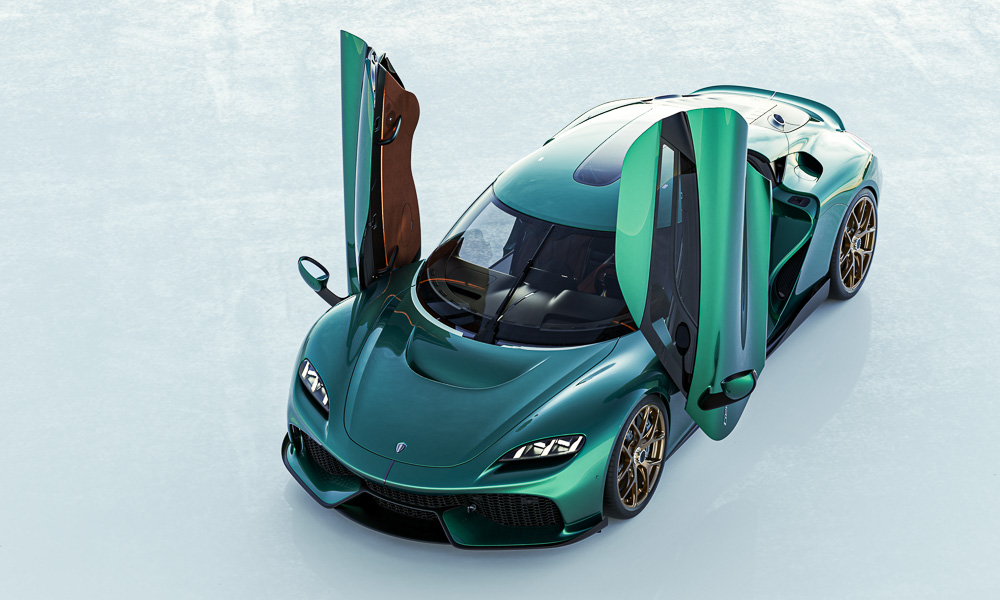
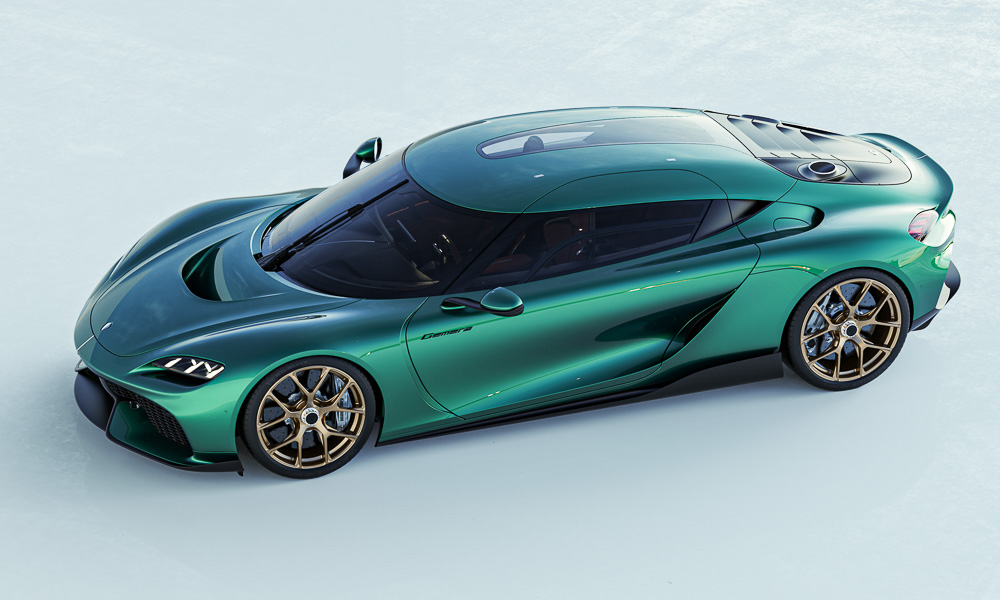
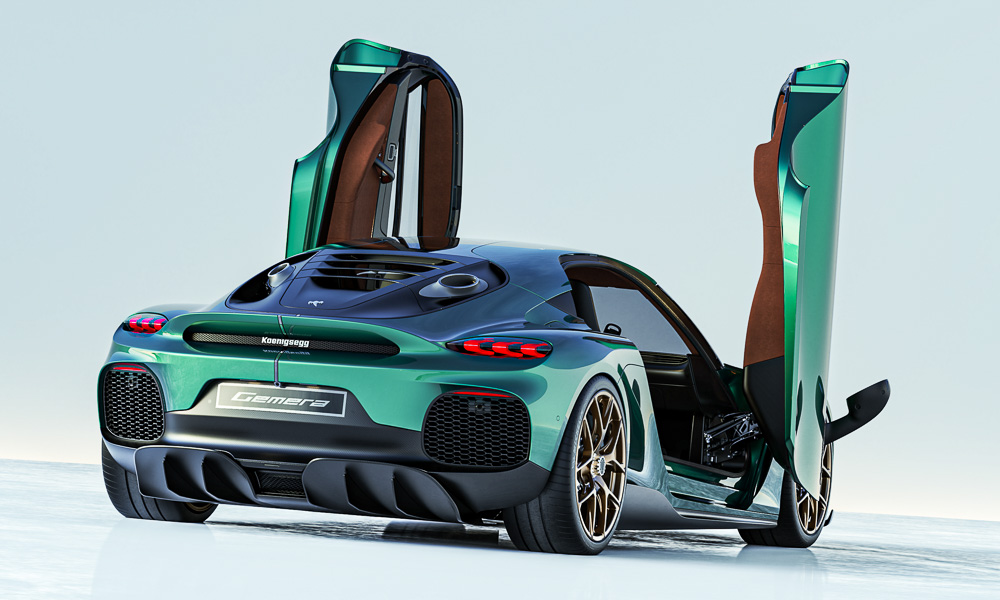
The design of the production version remains one of giving the illusion that you’re looking at a two-seater until the Koenigsegg Automated Twisted Synchrohelix Actuation Doors (KATSAD) are opened. Sleek and agile, its lines look pretty spectacular but at the same time reminiscent of the very first Koenigsegg (the CC prototype) from 1996.
Massive exhaust pipes from the Akrapovič system emerge left and right next to the glass engine cover, and remind the onlooker of the Porsche 918 Spyder or the McLaren 600LT, while the glass roof floods the cabin with light.
If you’re lucky enough to have put your name down for one of these machines, then expect to experience all this by 2025, when the first customer cars are scheduled to be delivered.

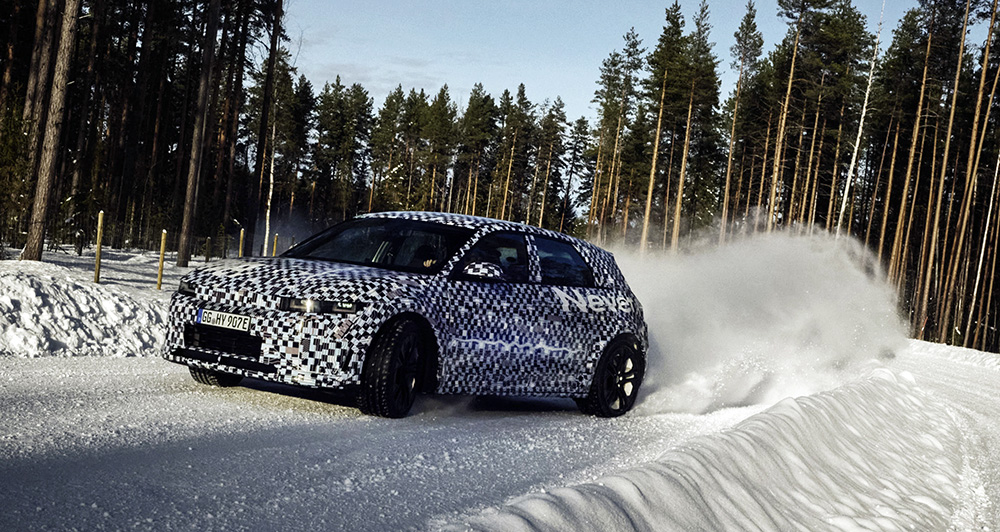
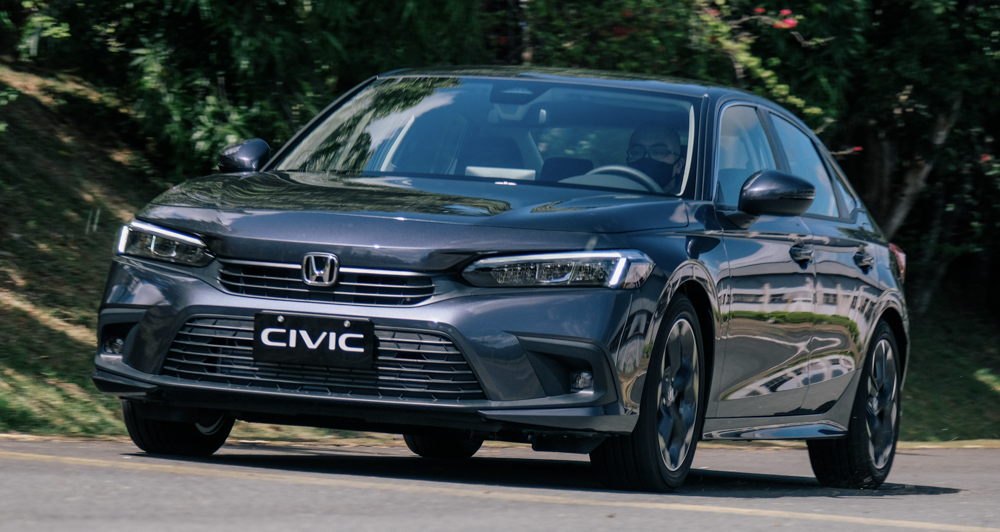
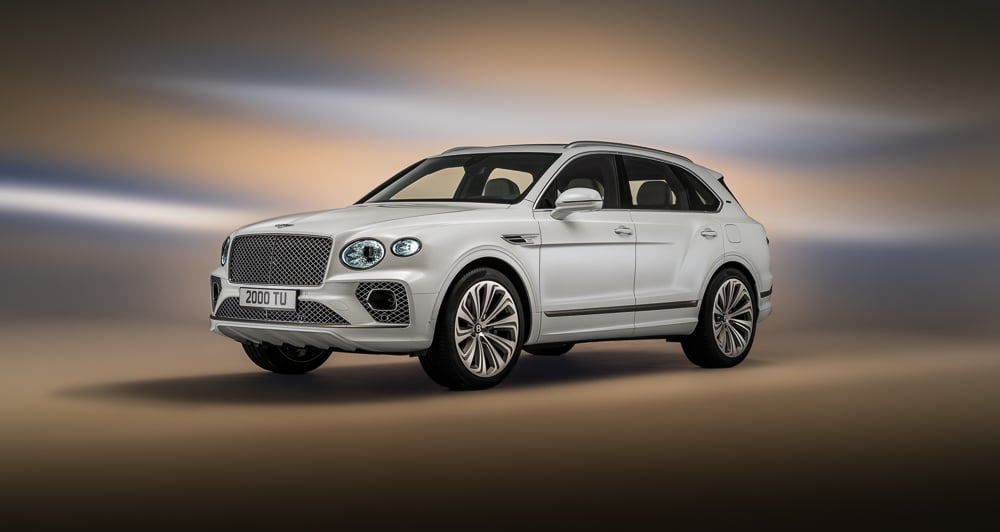

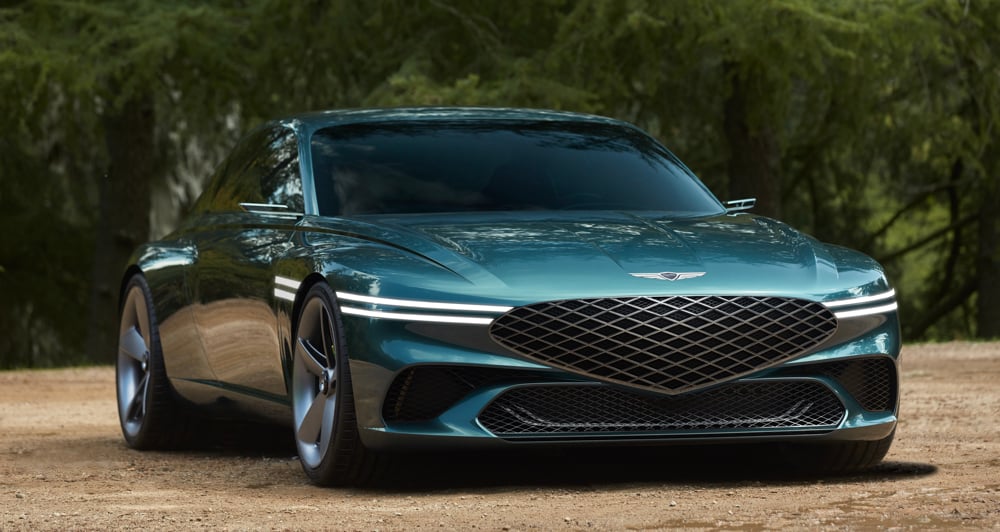
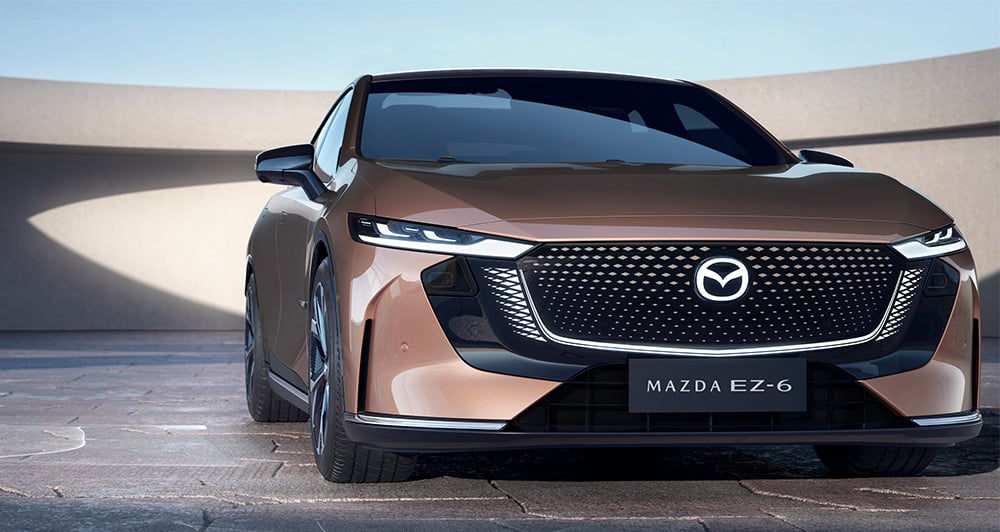
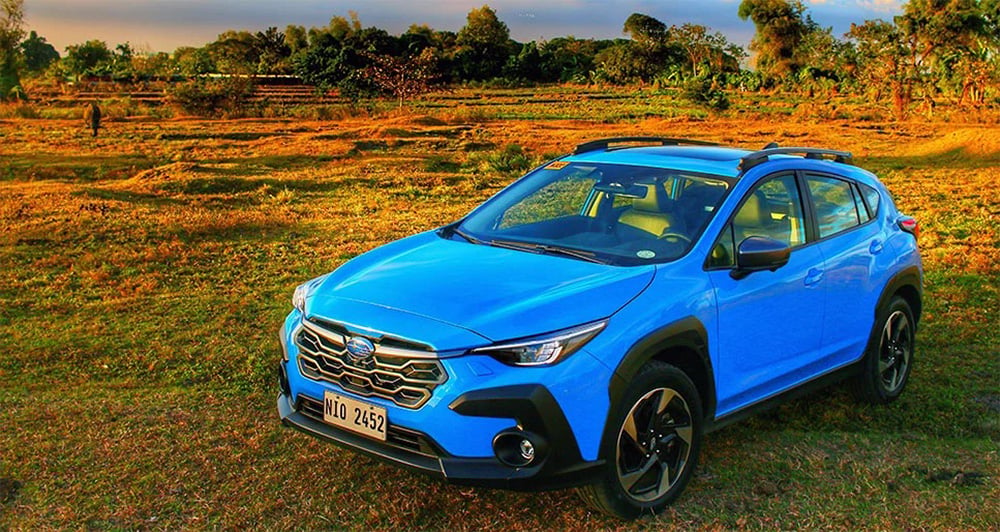


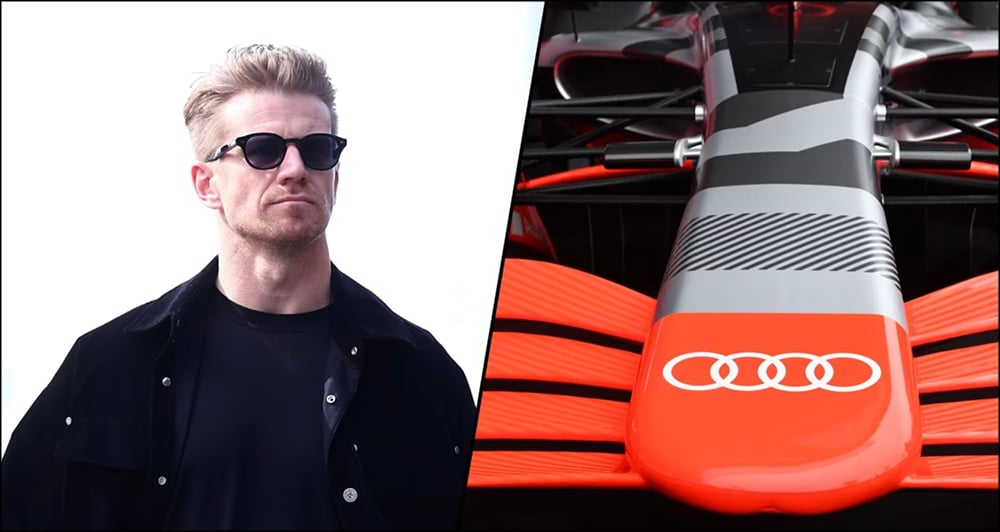
Comments